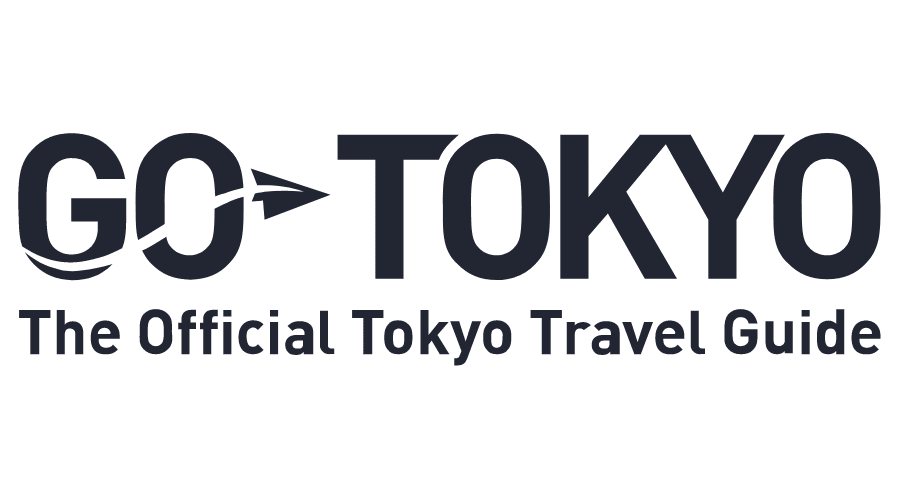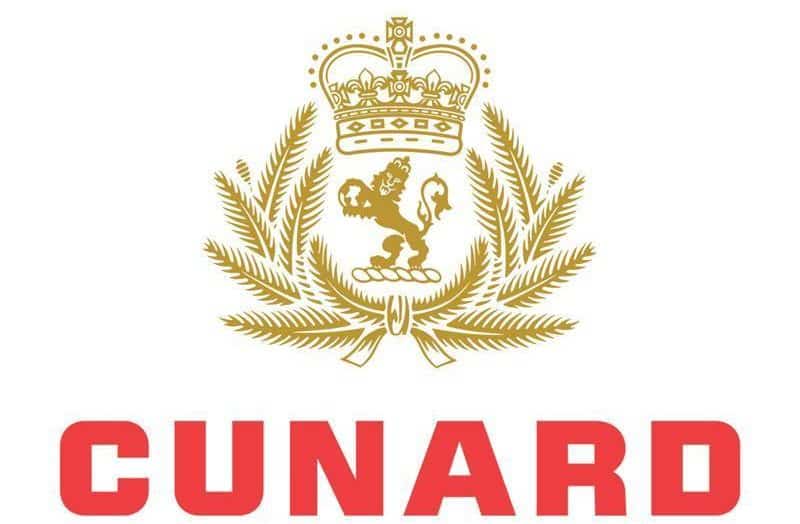International shopping and cultural tourism study unveiled
Shopping continues to rank the highest on the list of activities overall for international travelers while visiting the United States. In fact, nine out of 10 (87 percent) of overseas and Mexican air travelers or 16.8 million shopped during their visit to America’s shores in 2003. While shopping is the number one activity for international travelers, they also want to explore the culture and ethnicity of the place they are visiting, according to the study by U.S. Department of Commerce and Taubman Centers, a leading U.S. shopping center developer.
The two organizations teamed up to study the correlation between shopping and cultural/heritage tourism. The 2004 report is a follow-up to a similar study developed four years ago. It compares and contrasts shoppers and cultural shoppers to the United States from the top four international markets between 2003 and 1997 and examines trip planning, travel characteristics, travel behavior and expenditures.
“It’s clear that international travelers play a significant role in the American retail marketplace,” explains Karen Mac Donald, Director, Communications at Taubman. “This study illustrates the value of combining both shopping and cultural tourism to create a more well rounded travel experience for the international travelers.”
Just-released findings show that among the top 24 regions/countries generating travelers, the United Kingdom, Japan, Mexico (air only) and Germany take the top four spots. Across those four markets, cultural shoppers (those who both shop and participate in a cultural activity such as attending a concert or visiting a national park or museum) report longer stays of at least two more nights and higher on average spending levels than general travelers and shoppers. Cultural shoppers also visit a greater number of states and are more likely to be new-to-market travelers.
But don’t try to pigeonhole the international shopper. Cultural differences and spending habits make each a unique market segment. For instance, the United Kingdom represented 22 percent of total overseas tourist traffic to the United States in 2003. It also generated more shoppers (3.5 million) to the United States than any other market. That’s a 6 percent increase in total British traffic and a 7 percent increase in British shopper traffic over 1997.
Japan ranks as the second-largest shopper country to the United States. Japan represents 18 percent of all overseas travelers to the United States. Compared with the other three markets, the Japanese were the biggest shoppers in proportion, with over 92 percent reporting shopping activity while in the United States, followed by the United Kingdom with 89.4 percent.
The United Kingdom also led all other countries in producing cultural shoppers to the tune of 1.3 million in 2003. That’s more than double the number from runner-up Germany and far outdistances other top markets: Japan, France, and Mexico (air) travelers.
Some key facts about the top four countries sending travelers to the United States:
· Of the countries studied, Germans reported the longest length of stay with 17.8 days, and German cultural shoppers reported 6 more days than ordinary travelers. British visitors reported the next-longest length of stay (12.3 days) while Mexican tourists stayed 9.1 days and the Japanese 8.8 days. Both Mexican and Japanese cultural shoppers stayed four more nights on average.
· While German visitors, especially German cultural shoppers, spent the most on their trips to the United States, explained by their longest trip lengths, Japanese shoppers spent the most per day, averaging $140 per visitor expenditure per day. Mexican shoppers were next to the Japanese, with $134 per day. Importantly, Mexican shoppers were among the most frequent travelers to the United States, having averaged 4.0 prior trips across the border in the past 12 months.
· German visitors were more likely to use credit cards (61 percent of those surveyed) to pay for their expenditures than any other group surveyed. British shoppers were the highest proportion to use traveler’s checks (13 percent) as their trip payment method.
· Of the top four, the Japanese were more likely to be first-time travelers to the United States. Thirty-one percent of Japanese respondents were new-to-market tourists. This might explain why four out of ten Japanese travelers (40%) were likely to purchase organized travel packages (compared with 22 percent of the British) and why more than five-out-of-ten (52 percent) Japanese travelers consulted a travel agent to book their trip.
· Mexican shoppers were more apt to travel alone (42.8 percent), only second to the German shoppers segment (43.2 percent). British shoppers were most likely to accompany a spouse (47.1 percent) or family and/or relatives (37.5 percent) than any other group surveyed.
· Three-out-of-ten British and Mexican visitors (32 percent) stayed in a private home during their visits, compared with nine-out-of-ten Japanese tourists (93 percent) who used a hotel or motel for their lodging.
· Florida was the favorite state for British travelers and British shoppers in 2003. But those travelers interested in combining shopping with cultural tourism picked New York as their top destination. Hawaii was by far the most popular destination for Japanese tourists, favored by more than 45 percent. California was the number one tourist destination for both Mexican shoppers and Mexican cultural shoppers. Texas was the second most visited destination for general Mexican shoppers, while New York was more favored by Mexican cultural shoppers. New York was the most popular destination for German travelers, shoppers and cultural shoppers.
For the complete study visit:
Summary – http://www.ita.doc.gov/media/FactSheet/1204/tourism1_122004.html
Profile – http://www.ita.doc.gov/media/FactSheet/1204/tourism2_122004.html
Order Form – http://www.ita.doc.gov/media/FactSheet/1204/tourism3_122004.pdf
 United Kingdom
United Kingdom United States
United States Asia Pacific
Asia Pacific











































BA suspending all Heathrow to Abu Dhabi flights
Unexpected wave rocks cruise ship
Woman dies after going overboard in English Channel
Report: Cruise guest died after ship lashed in heavy storm
British teen in serious condition after paraglider collision